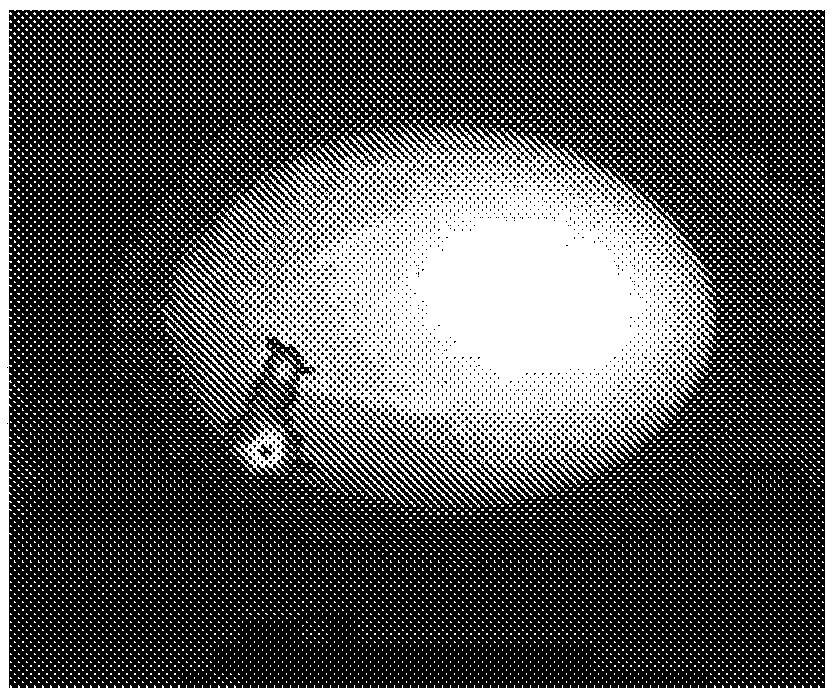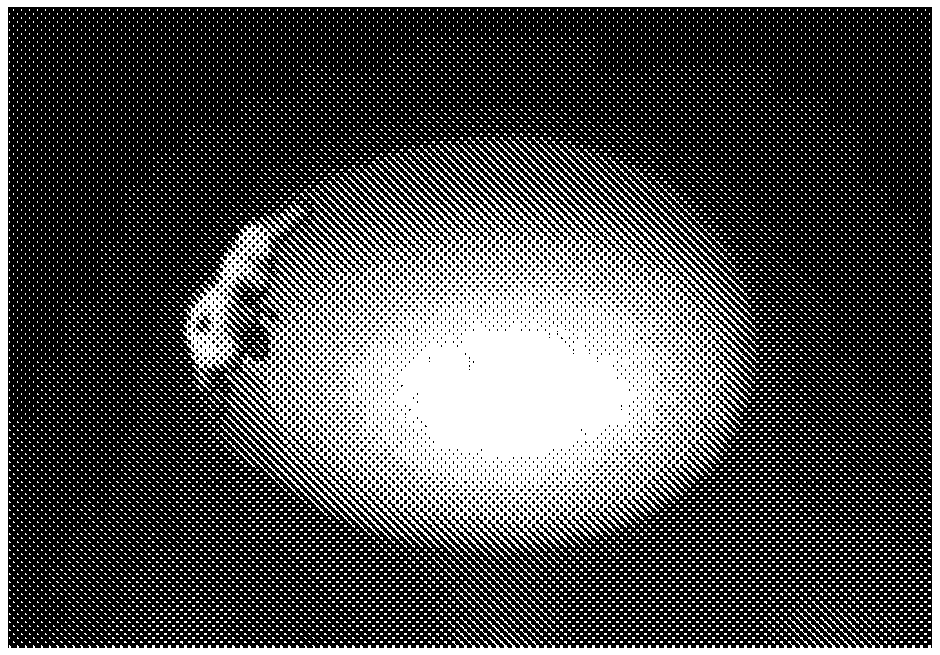Methods for gender determination of avian embryos in unhatched eggs and means thereof
A poultry and gender technology, applied in biochemical equipment and methods, other methods of inserting foreign genetic materials, microbe determination/inspection, etc., can solve problems such as effective and non-invasive methods without sex identification
- Summary
- Abstract
- Description
- Claims
- Application Information
AI Technical Summary
Problems solved by technology
Method used
Image
Examples
Embodiment 1
[0251] Selection of reporter genes for visual sex recognition in poultry
[0252] To demonstrate the feasibility of visually identifying the sex of poultry in ovo, the application of bioluminescence was evaluated in comparison to a fluorescent reporter. Therefore, a transgenic mouse expressing a reporter gene, such as firefly luciferase (having a nucleic acid sequence as shown in SEQ ID NO: 20; encoding an amino acid sequence as shown in SEQ ID NO: 21) and Green fluorescent protein (eGFP).
[0253] To observe luciferase activity, luciferin was injected subcutaneously into luciferase-expressing transgenic mice in Figure 1, then the tail and ears were excised and introduced through a 5 mm hole in the eggshell of unfertilized eggs. As shown in the figure, in tail and ear samples ( Figure 1A , 1B) A luciferase detectable signal was clearly observed through the eggshell. Therefore, the present inventors next examined the feasibility of inducing a luciferase response in ovo. Ther...
Embodiment 2
[0259] Design of guide RNA vector
[0260] To integrate the luciferase reporter gene in sex chromosome W or Z, a CRISPR / Cas9-mediated HDR approach was chosen. The relevant gRNA loci were then searched from the two sex chromosomes.
[0261] The region 1022859-1024215 of chromosome W of a female chicken containing the nucleic acid sequence shown in SEQ ID NO.3 was analyzed for guide RNA design. Through the non-restricted cloning scheme, select, synthesize two guide RNAs, and clone it into the Cas9 SmartNuclease carrier containing wild-type Cas9 nuclease (Horizon), respectively, the two guide RNAs are: gRNA1:GCACTAGGAACCAGCAGCAG, as SEQ ID Shown in NO.1, and gRNA2: GTAGCCCCAAGAGGGCTAGG, shown in SEQ ID NO.2.
[0262] The predicted parameters for these two gRNAs are shown in Table 1:
[0263] Table 1
[0264] gRNA parameters
gRNA1
gRNA2
sgRNA Designer
0.506
0.63
sscore
0.8677
0.5323
sgRNA scorer
94.8
99.9
[0265] F...
Embodiment 3
[0269] Design of Luciferase Targeting Vector
[0270] Flanking sequences homologous to the appropriate flanking sequences described above for the female W chromosome or female Z chromosome loci are introduced upstream of the CMV promoter and downstream of neomycin resistance or polyA sites in vectors expressing luciferase (Custom synthetic DNA, Integrated DNA Technologies, Inc., USA).
[0271] For the female W chromosome, the reporter gene, especially luciferase, can be cloned using Guide 1 (gRNA1) shown in SEQ ID NO.1 or Guide 2 (gRNA2) shown in SEQ ID NO.2. For cloning using gRNA1, a "left arm" comprising the nucleic acid sequence shown in SEQ ID NO.4 and a "right arm" comprising the nucleic acid sequence shown in SEQ ID NO.5 are provided. For cloning using gRNA2, a "left arm" comprising the nucleic acid sequence shown in SEQ ID NO.6 and a "right arm" comprising the nucleic acid sequence shown in SEQ ID NO.7 are provided.
[0272] Further, the "left arm" of the region upst...
PUM
 Login to View More
Login to View More Abstract
Description
Claims
Application Information
 Login to View More
Login to View More - R&D
- Intellectual Property
- Life Sciences
- Materials
- Tech Scout
- Unparalleled Data Quality
- Higher Quality Content
- 60% Fewer Hallucinations
Browse by: Latest US Patents, China's latest patents, Technical Efficacy Thesaurus, Application Domain, Technology Topic, Popular Technical Reports.
© 2025 PatSnap. All rights reserved.Legal|Privacy policy|Modern Slavery Act Transparency Statement|Sitemap|About US| Contact US: help@patsnap.com



